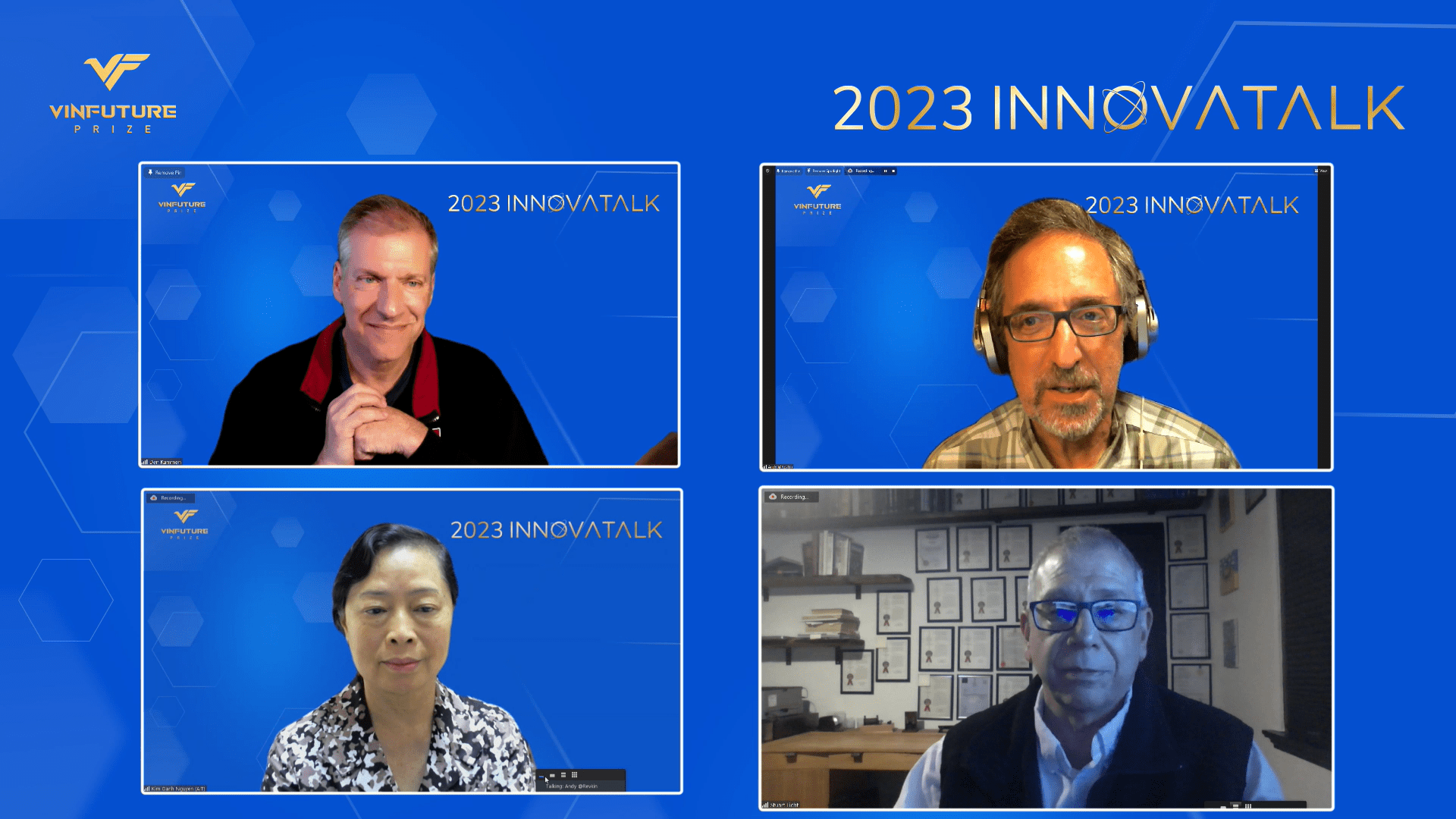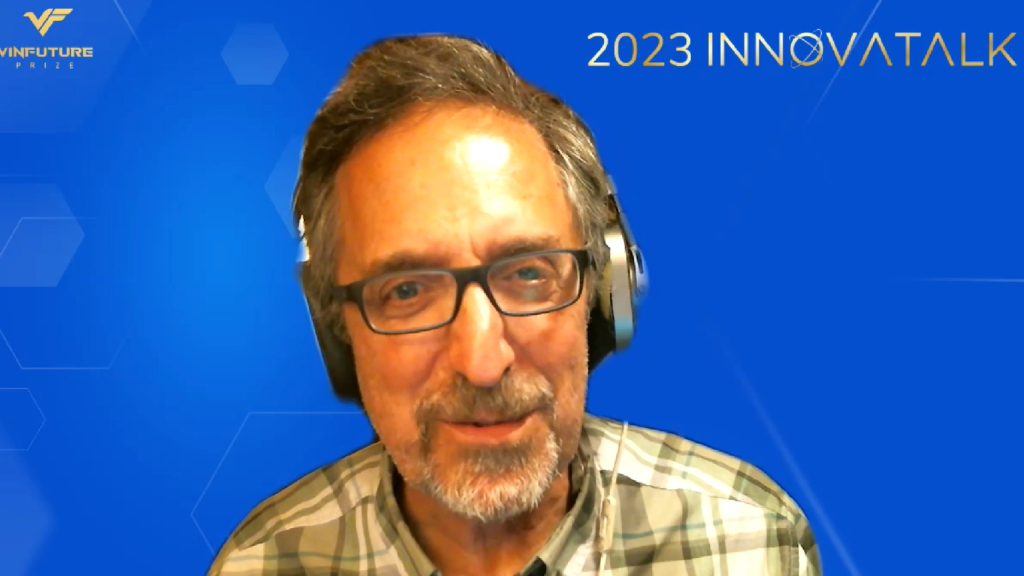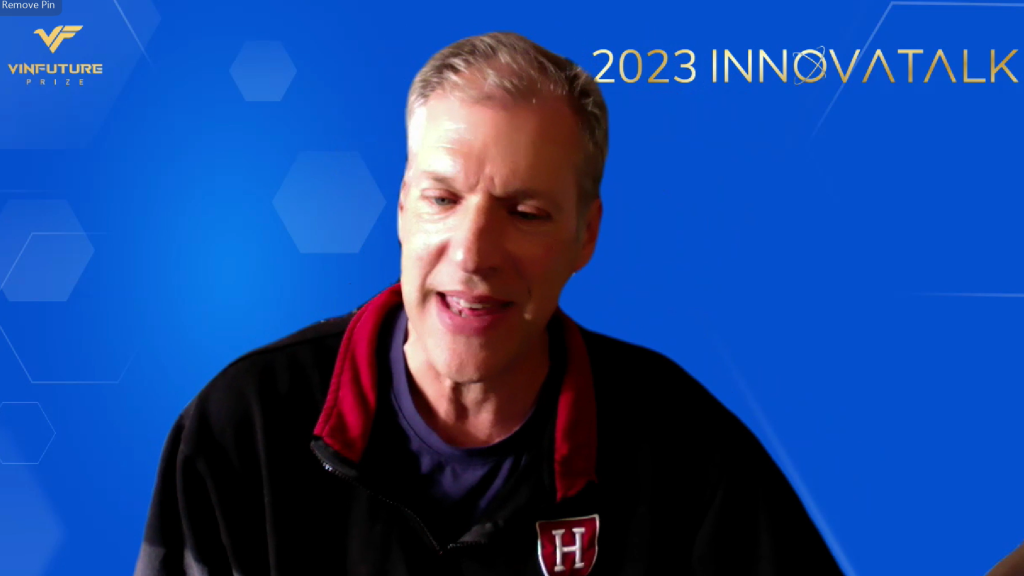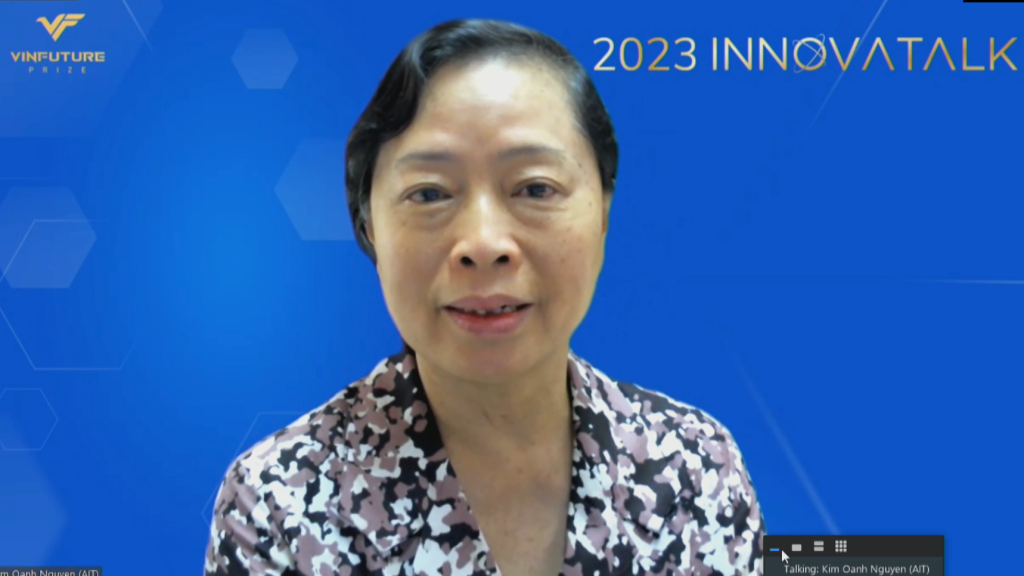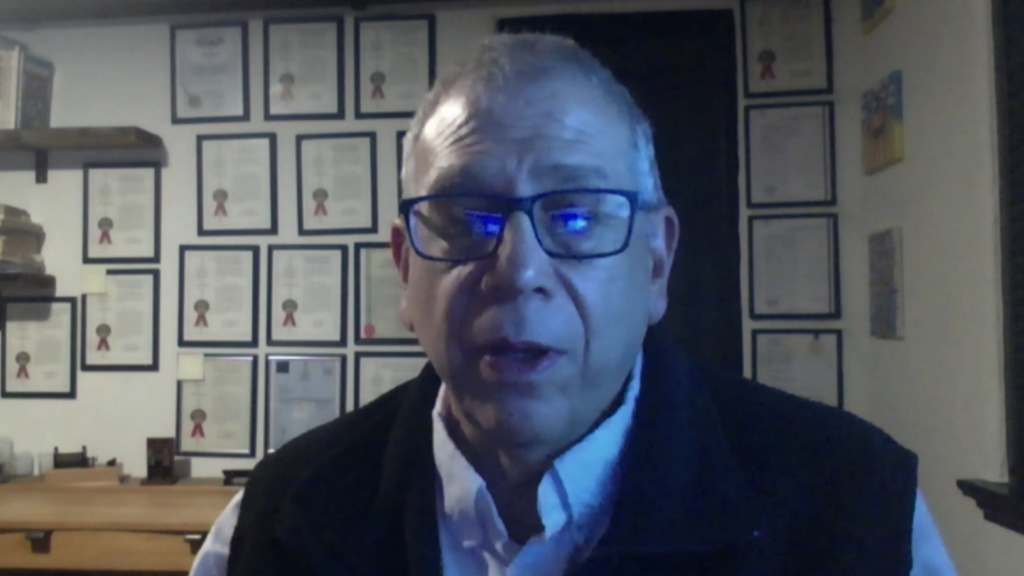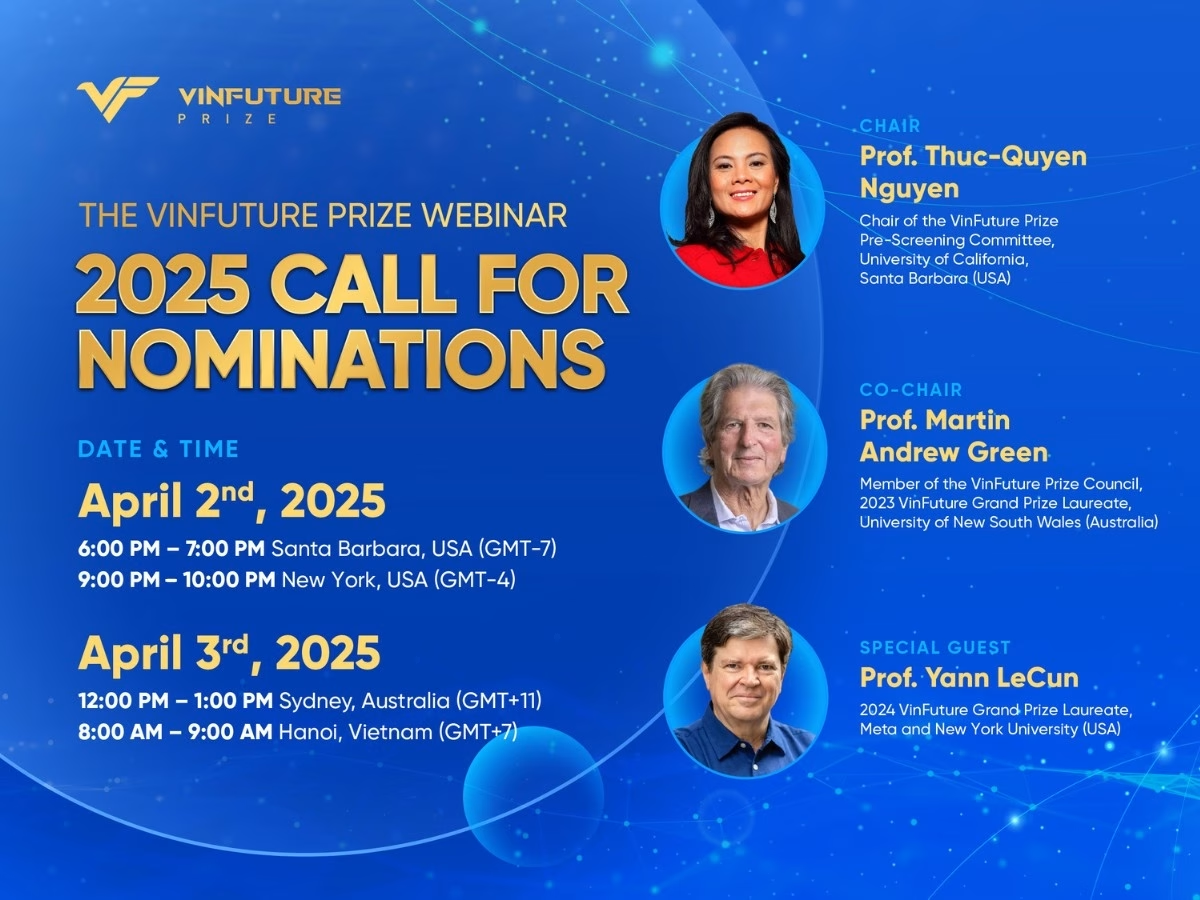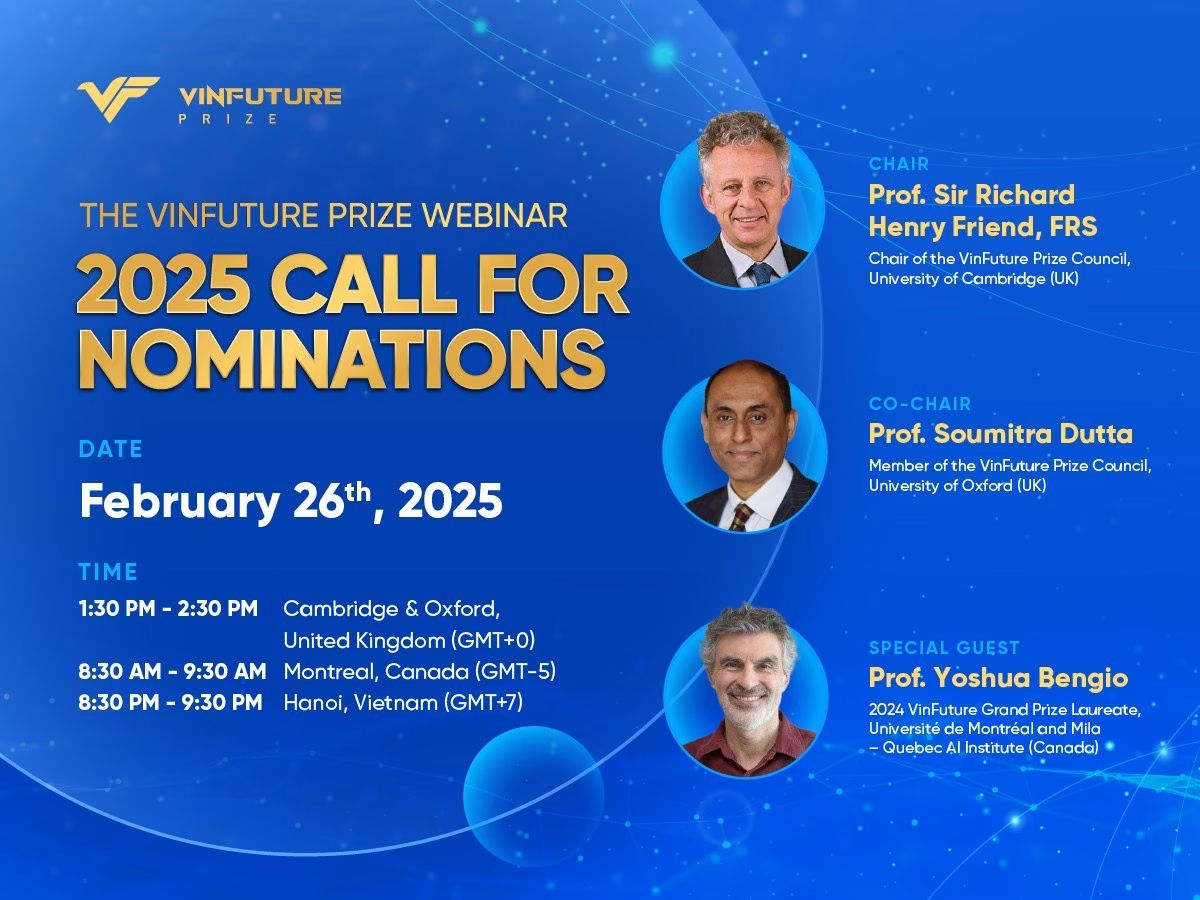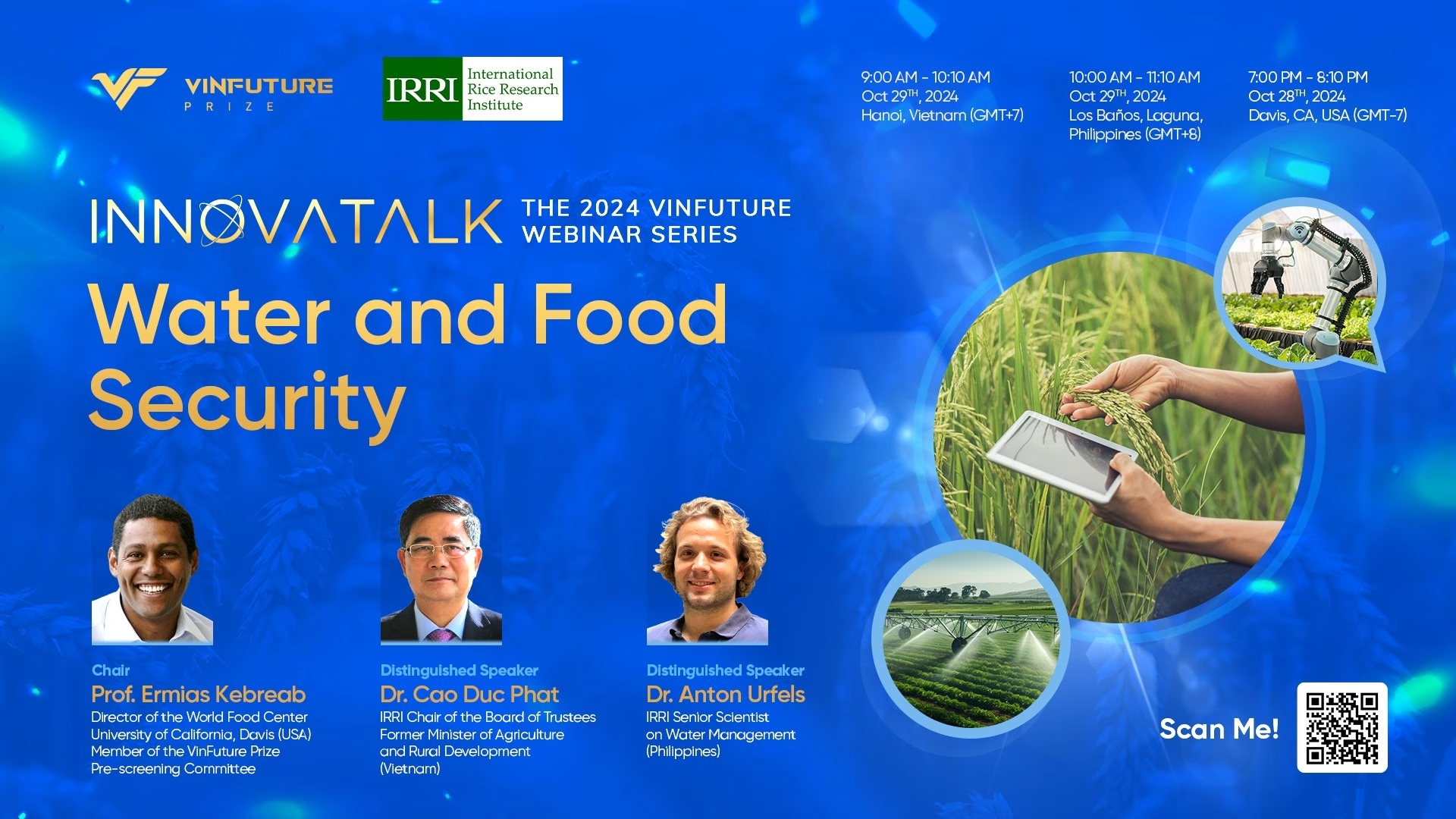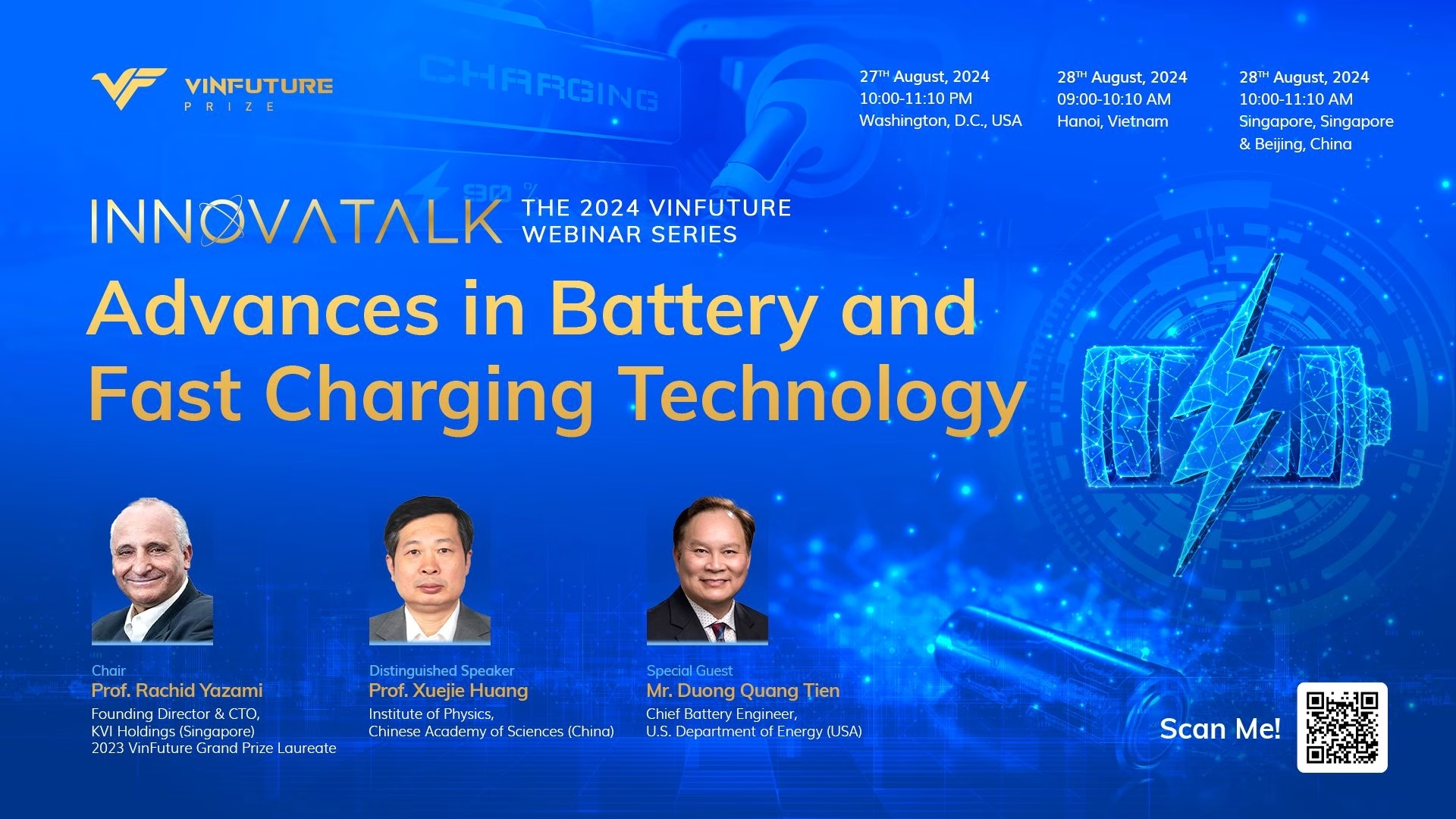The webinar saw active participation from almost 200 attendees, including local and foreign scholars and specialists. The figure demonstrated that the urgency of the climate change crisis is not solely an issue for authorities to address but rather a call to action for all members of society.
Navigating Climate Change: Understanding Complexity, Carbon Removal, and Uncertain Thresholds
Having spent over three decades advocating for climate change, Mr. Andrew Revkin emphasized the importance of understanding people’s concerns, needs, and behavioral norms when addressing climate change. He noted that progress is not solely dependent on scientific knowledge but also requires humility and consideration of societal factors. Revkin mentioned the continuous rise in carbon dioxide emissions despite efforts to raise awareness and calls for action which has led to the necessity of removing carbon from the system while simultaneously reducing emissions.
Revkin underscored the significance of recognizing the intricacies, obstacles, and magnitude of carbon removal endeavors which require diverse methods, encompassing both biological and technological approaches. This diversity also showcases the wide array of potential solutions available.
He pointed out an example in 2008 when the United States experienced an interesting political climate surrounding the concept of “clean coal,” which aimed to capture carbon emissions from coal. The political appeal of this idea was significant. This highlights the importance of being honest about the complexities, challenges, and scale involved in addressing climate change. The National Academies of Sciences has produced several reports on this topic, including ones in geoengineering, which explore methods to limit warming through techniques like solar radiation management and CO2 removal. The range of options includes removing carbon from the atmosphere, the ocean, or storing it in the Earth’s depths. However, all these approaches face significant obstacles and challenges.
Carbon capture and storage require a massive scale of infrastructure development, explaining that the infrastructure needed to handle even a small portion of captured CO2 and store it underground would be equivalent to the entire oil and gas infrastructure built worldwide over the past century. This statement underscores the immense task at hand and highlights the substantial amount of work that needs to be done in this area.
Revkin cited his interview with Dr. Julio Friedmann, a Non-Resident Fellow at the Center on Global Energy Policy at Columbia University in the USA. In the interview, Dr. Friedmann stated that addressing the current landscape of opportunities and limitations concerning carbon capture and long-term atmospheric removal requires the convergence of technical feasibility, economic considerations, and political factors. Recent reports by the Intergovernmental Panel on Climate Change (IPCC) have highlighted the need for extensive carbon management to achieve substantial climate targets for 2030 or even 2050. This includes capturing CO2 from point sources like steel mills and power plants, as well as removing CO2 from the air and ocean through various methods such as direct air capture and biochar.
Building renewables alone is insufficient to address the carbon challenge. Most carbon capture projects will likely be in non-OECD countries, particularly in South Asia, Southeast Asia, and East Asia where emissions are significant. Heavy industries like cement, fertilizer, and chemicals are also key areas for carbon capture. The costs of carbon capture have decreased by 50% in the past decade, making it more economically viable. Infrastructure for CO2 storage, including saline formations, is being developed with the capacity to store trillions of tons of CO2 for hundreds or even thousands of years.
Revkin highlighted the challenge of building confidence and gaining community acceptance for carbon storage sites. Storing large amounts of CO2 underground is an industrial process that comes with risks, and community perceptions vary. While some communities are keen on carbon storage due to the economic benefits it brings, like solar farms or nuclear power in different regions, others have concerns. It is important to recognize the diversity of communities and the need for inclusive approaches to carbon management in different parts of the world.
Prof. Daniel Kammen added that focusing solely on reaching a specific CO2 threshold as a target is a worrying approach. He explained that regardless of when critical events may occur, the consequences of climate change remain severe. He also highlighted the importance of prioritizing clean energy solutions, which are already cheaper and more implementable than fossil fuels. He then discussed the need for careful consideration and implementation of carbon capture technologies, as they have been predominantly tied to fossil fuel use so far. He suggested that the mentality surrounding climate change is the real issue that needs to be addressed.
Co-Control of Emissions: Simultaneous Solutions for Air Pollution and Climate Change
Prof. Nguyen Thi Kim Oanh discussed the concept of co-control of emissions for multiple benefits, focusing on simultaneously tackling air pollution and climate change. She highlighted the sources of emissions, including industry and open burning, which release carbon dioxide, methane, and nitrous oxide, as well as toxic air pollutants like black carbon. The adverse effects of air pollution on human health and the environment, particularly in Asia, are emphasized. She then delved into specific examples of co-control measures, such as the management of rice straw through clean-burning stoves to prevent emissions from open burning.
The benefits of these measures are significant, including reduced reliance on fossil fuels, income generation for farmers, and improved air quality. The implementation of clean air measures is shown to have significant positive impacts, including the avoidance of millions of premature deaths due to air pollution and crop loss, as well as the reduction of temperature increases, according to Prof. Nguyen.
Prof. Nguyen emphasized the need for co-benefits, where measures are taken to address air pollution also contribute to climate change mitigation. She explained that short-lived climate pollutants, such as ozone and black carbon, have both toxic, phytotoxic, and radiative forcing effects, impacting human health, ecosystems, and the climate system, especially in Asia which is very vulnerable to climate change due to its large population, lower development level, low-lying lands, long coastlines, and extreme climate events.
Prof. Nguyen pointed out that if 25 measures from the 2019 report Air Pollution in Asia and the Pacific: Science-based Solutions are implemented, the level of PM 2.5 worldwide will be significantly reduced, and we can avoid 3 million premature deaths and 20 million tons of crop loss by 2030. She concluded her talk with three key messages: Implementing co-control measures allows for cost-effective tackling of air pollution and climate change, resulting in multiple benefits; Co-control measures help achieve SDG goals related to health, food security, and climate change; and by implementing clean air measures, millions of lives can be saved in Asia.
Revolutionizing Carbon Capture
Prof. Stuart Licht delved into the pressing need for a new chemistry of carbon capture to address the escalating climate crisis caused by the rise in atmospheric CO2 levels. He acknowledged the limitations of current approaches like solar fuels, which, while generating interest, do not effectively capture carbon and simply release CO2 upon consumption.
Prof. Licht then introduced an innovative solution called C2CNT (CO2 to Carbon Nanotubes) that offers great promise in efficiently splitting CO2 into pure carbon, specifically in the form of graphene. Graphene, a two-dimensional sheet of carbon atoms, possesses extraordinary strength and exhibits unique conductivity, electronic, and catalytic properties. From graphene, many carbon-based materials possessing exceptional strength are created, such as concentric spherical shells known as nano-onions and carbon nanotubes. The incorporation of only a small fraction of carbon nanotubes into various composites can enhance the strength and reduce the carbon footprint of materials like cement, plastics, textiles, and rubber.
The comprehensive nature of C2CNT was emphasized as it addresses carbon capture in multiple scopes. Firstly, C2CNT enables the elimination of direct emissions from industries. For every ton of nano-graphene product produced, four tons of CO2 emissions can be eliminated. Secondly, Prof. Licht explained how nano-composites derived from C2CNT can reduce CO2 emissions associated with a wide range of consumer and construction products, contributing to a lower carbon footprint across these sectors. Finally, C2CNT demonstrates huge potential in direct air capture. Although it is still in the scaling-up phase, C2CNT shows great potential in capturing CO2 directly from the atmosphere without the need for pre-concentration.
Prof. Licht highlighted the economic viability of C2CNT, noting that nano-graphene possesses a high market value, exceeding $10,000 per ton. This value, coupled with the superior properties of nano-graphene, serves as a significant incentive for large-scale carbon capture efforts which also has been demonstrated in the development of a 7,500-ton C2CNT plant called GC3, which aims to transform CO2 emissions from a natural gas power plant in Edmonton, Canada. Plans for C2CNT implementation in cement and rubber plants are also underway.
